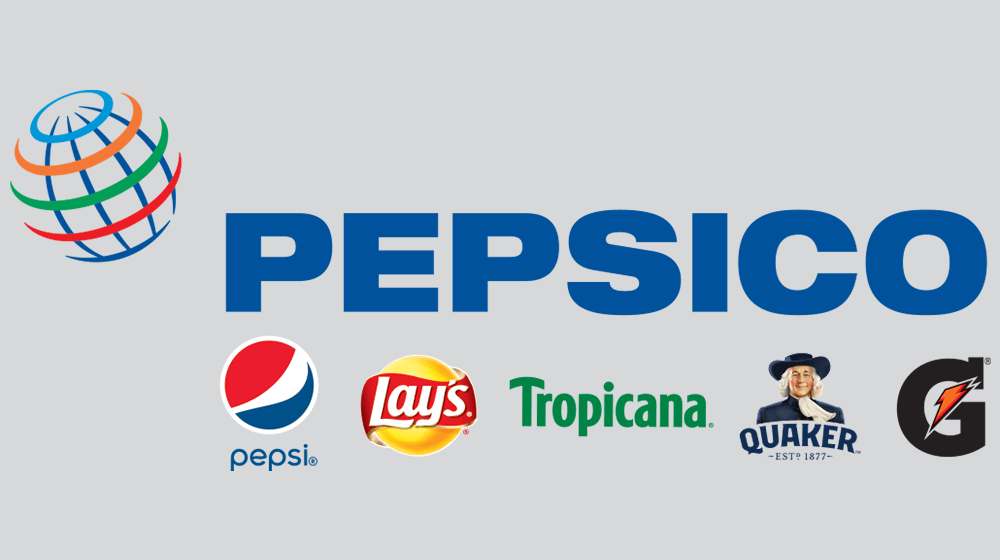Brief:
- Nearly half (44%) of consumers report trying brand-new brand names after seeing a relevant advertisement, per a research study by media measurement platform DoubleVerify. More youthful groups choose advertisements on social, while older demographics choose standard TV.
- In addition, 69% of consumers are more most likely to take a look at an ad that bears some significance to the content they are seeing, while 67% of customers are more most likely to look at an advertisement if it appears on a trusted news website. Across every classification, 48% or more of consumers said they would be more most likely to engage with contextually pertinent ads.
- DoubleVerify’s research study, based upon 10,000 respondents from the U.S., France, Germany, Spain, and the U.K., shows that context matters especially amidst the rise in content intake stimulated by the coronavirus pandemic.
Insight:
It needs to come as not a surprise that with consumers investing more time in the house, they are spending more time with online material, especially linked TV (CTV) and social networks. Given that the beginning of the COVID-19 pandemic, the average time connecting with online material has doubled internationally, per DoubleVerify, resulting in the increasing value of contextually pertinent advertisements as consumers want to cut through the noise.
A previous research study showed that more than a 3rd (39%) of customers have purchased from a brand-new brand throughout quarantine as the pandemic restrictions pressed them to experiment more in their brand name options and techniques of purchase. The DoubleVerify research study suggests brands can construct on this receptivity with appropriate advertisements that appear on relied on websites.
On average, customers are presently spending an average of 6 hours 59 minutes a day engaging with content, compared to just 3 hours, 17 minutes before the health crisis. Even without places to go or numerous events to share, social networks are seeing the most significant benefits. Almost half of the consumers (48%) increased their time spent on social platforms, especially YouTube, which saw a 43% dive in consumer time spent, and TikTok, which saw significant development amongst the 18-24 market.
Before diverting all their marketing dollars to video-based social media, online marketers ought to bear in mind that context matters. According to DoubleVerify, 69% of consumers are more likely to see an ad if it pertains to the context. One study previously this year found COVID-related advertisements carried out better in news programming– where much of the news has been pandemic-focused– than advertisements that had more general messaging.
Media positioning likewise matters. More than two-thirds (67%) stated they are most likely to engage with an ad on the site of a publisher they know or trust, and 55% would be less likely– or would never ever– utilize a brand if the promo appeared together with fake or inflammatory news. Such findings could add pressure on social networks business to police their content better as they seek to increase need from marketers. Facebook, for instance, was the topic of a marketer boycott this summer as civil rights organized demanded the platform do more to suppress hate speech and disinformation.
“This study highlights consumers’ openness to contextually-relevant ads and the significance of relied on the news during these challenging times,” Dan Slivjanovski, CMO at DoubleVerify, said in the research study’s press release. “Offered the complicated news cycles of 2020, a nuanced approach to brand suitability is more crucial than ever.”















